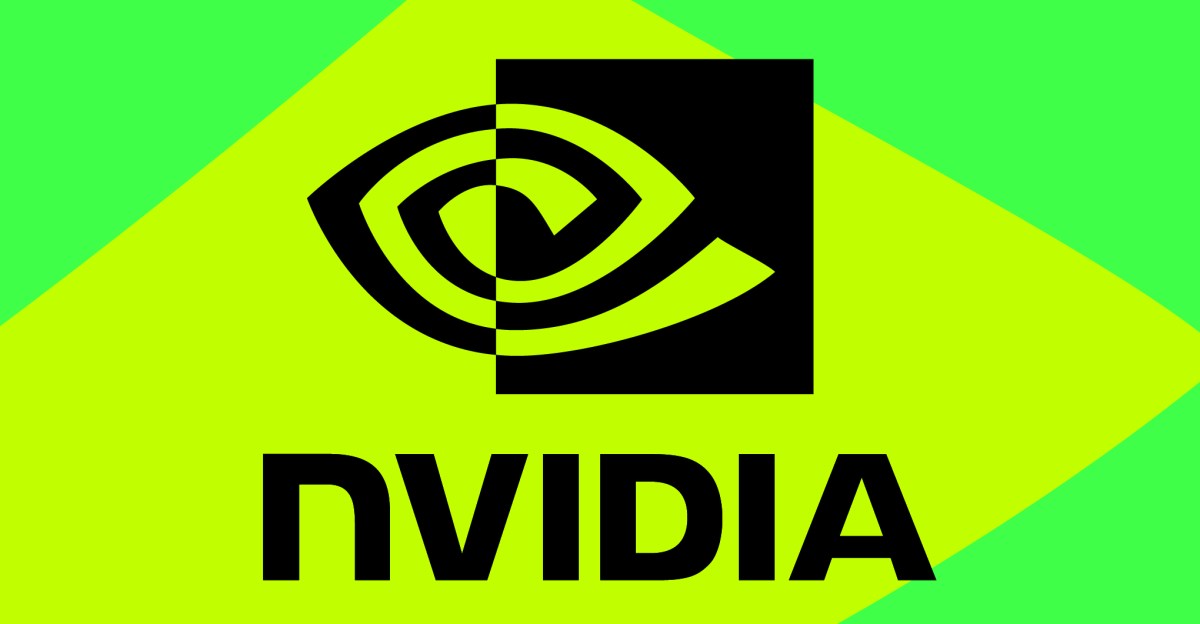In the fast-evolving world of software development, the hidden cost of AI coding is becoming a topic that warrants serious discussion. As AI-powered tools like GPT-4.1-mini increasingly automate programming tasks, many developers experience undeniable productivity boosts. However, this article dives into a deeper concern beyond efficiency—the gradual erosion of joy and satisfaction in the craft of coding.
The use of AI in programming is often portrayed through the lens of competitive advantage and enhanced output. Yet, as described by the insightful analysis on Terrible Software, this shift might come at the expense of a vital human experience known among psychologists as “flow.” Originating from Mihaly Csikszentmihalyi’s seminal work, flow refers to a state where a person is fully absorbed in a challenging task, balancing skill and difficulty, and finding happiness in the process.
Understanding the Hidden Cost of AI Coding
For many software developers, coding is more than just a technical activity; it is a passion that generates deep satisfaction and a connection between thought and creation. The process of manually writing code, solving complex problems, and celebrating small victories creates a unique sense of fulfillment. This state of flow transforms hours into minutes, as developers become fully immersed in their craft.
However, with AI tools like Cursor enabling developers to generate large portions of code with prompts rather than typing every line, the experience is changing. Developers are transitioning from active creators to curators—providing instructions, reviewing AI output, and iterating on generated code. While this is revolutionary for productivity, it risks detaching developers from the immersive creative process that fuels passion for software development.
The Impact on Developer Happiness and Creativity
The hidden cost of AI coding lies in this subtle but profound loss of engagement. The joy once derived from crafting each function is replaced by a more passive form of contribution. According to Terrible Software, this trend raises important questions: if the challenge and creativity of coding are outsourced to AI, what remains of the emotional reward that motivated programmers in the first place?
Prompt engineering is emerging as a new skill, where formulating effective requests to AI replaces some traditional development tasks. But can this form of interaction truly provide the same level of fulfillment as directly writing and debugging code? The answer remains elusive. While some may find satisfaction in system design, architectural thinking, or higher-level problem solving, others may miss the direct hands-on craftsmanship that coding entails.
Balancing Productivity with Joy in an AI-Augmented World
Rather than opposing AI adoption, embracing it thoughtfully could help preserve developer happiness. Intentional choices might be required to maintain spaces within workflows where manual coding and deep focus still occur—not merely for efficiency’s sake but for personal fulfillment. This may involve setting aside moments for pure coding immersion, cultivating a hybrid approach that balances AI-augmented productivity with human creativity and flow.
Furthermore, organizations should consider how AI impacts their teams’ long term engagement and satisfaction. Automated coding may accelerate output but could unintentionally erode the intrinsic pleasures of software craft. Finding ways to redefine what happiness in programming means in an AI-infused environment is crucial.
Reflections and Future Directions
The Terrible Software report highlights a nuanced perspective that challenges the unreserved enthusiasm toward AI tools. While the productivity benefits are undeniable, the intangible yet vital cost in lost joy and flow cannot be ignored. As AI tools reshape the software development industry, developers, managers, and organizations alike must consider how to keep the passion for coding alive.
Ultimately, if the soul of programming—the joy found in transforming ideas into working code—is lost, then what are we truly optimizing for? Perhaps the future of software development lies in harmonizing AI automation with human creativity to create not only faster but also happier coding experiences.
More insights are available at Terrible Software, offering an essential read for anyone interested in the evolving relationship between AI and programming craftsmanship.


